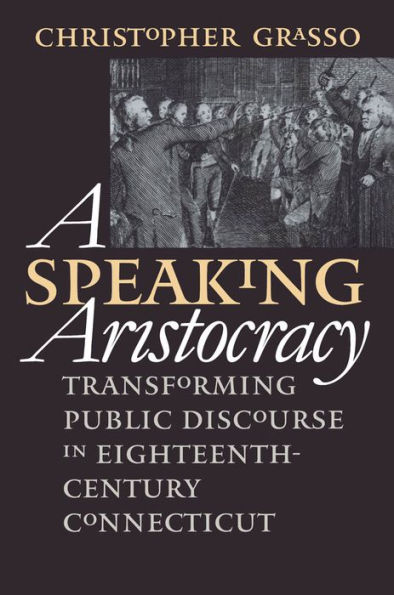In New England through the first half of the century, only learned clergymen regularly addressed the public. After midcentury, however, newspapers, essays, and eventually lay orations introduced new rhetorical strategies to persuade or instruct an audience. With the rise of a print culture in the early Republic, the intellectual elite had to compete with other voices and address multiple audiences. By the end of the century, concludes Grasso, public discourse came to be understood not as the words of an authoritative few ###to# the people but rather as a civic conversation ###of# the people.
In New England through the first half of the century, only learned clergymen regularly addressed the public. After midcentury, however, newspapers, essays, and eventually lay orations introduced new rhetorical strategies to persuade or instruct an audience. With the rise of a print culture in the early Republic, the intellectual elite had to compete with other voices and address multiple audiences. By the end of the century, concludes Grasso, public discourse came to be understood not as the words of an authoritative few ###to# the people but rather as a civic conversation ###of# the people.

A Speaking Aristocracy: Transforming Public Discourse in Eighteenth-Century Connecticut
524
A Speaking Aristocracy: Transforming Public Discourse in Eighteenth-Century Connecticut
524Related collections and offers

Product Details
| ISBN-13: | 9780807839201 |
|---|---|
| Publisher: | Omohundro Institute and UNC Press |
| Publication date: | 12/01/2012 |
| Series: | Published by the Omohundro Institute of Early American History and Culture and the University of North Carolina Press |
| Sold by: | Barnes & Noble |
| Format: | eBook |
| Pages: | 524 |
| File size: | 3 MB |
